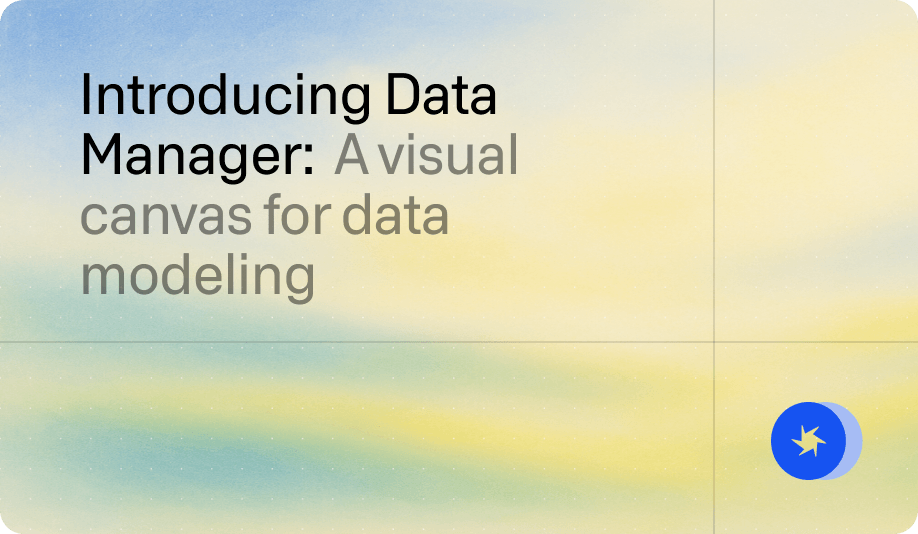The agentic marketing organization eBook provides a framework to build this model, with greater detail on key roles and functions across each level.
Suresh and Murat agree with this vision, and they emphasized that every team must embrace experimentation and testing to find the best blend of human and AI expertise.
“There is a cultural shift of testing. We don’t know what perfect looks like, so as you’re selecting tools and writing the workflows, the team culture should encourage risk-taking and strategy testing to learn from the mistakes and pivot quickly,” said Suresh.
Humans must stay in the loop for all processes, especially customer-facing messages and activities. Organizations will perform best when team members are empowered to use AI to surface critical insights that inform ongoing testing and improvements. Replacing humans without a strategic reason is likely to hurt campaign performance.
“Sometimes people quickly jump to ‘the machine is going to replace the human.’ I’m looking for how the machine can power humans and free them up so they can focus on even more creative and emotional tasks to be done, which is the higher order of value,” said Murat. “How can I train humans and move them up in the chain? If you can combine people with great customer obsession and understanding with their technical ability and hands-on AI experience, they are going to be the next-gen unicorn talent. They can actually both execute great campaigns and do them really fast and at scale.”


